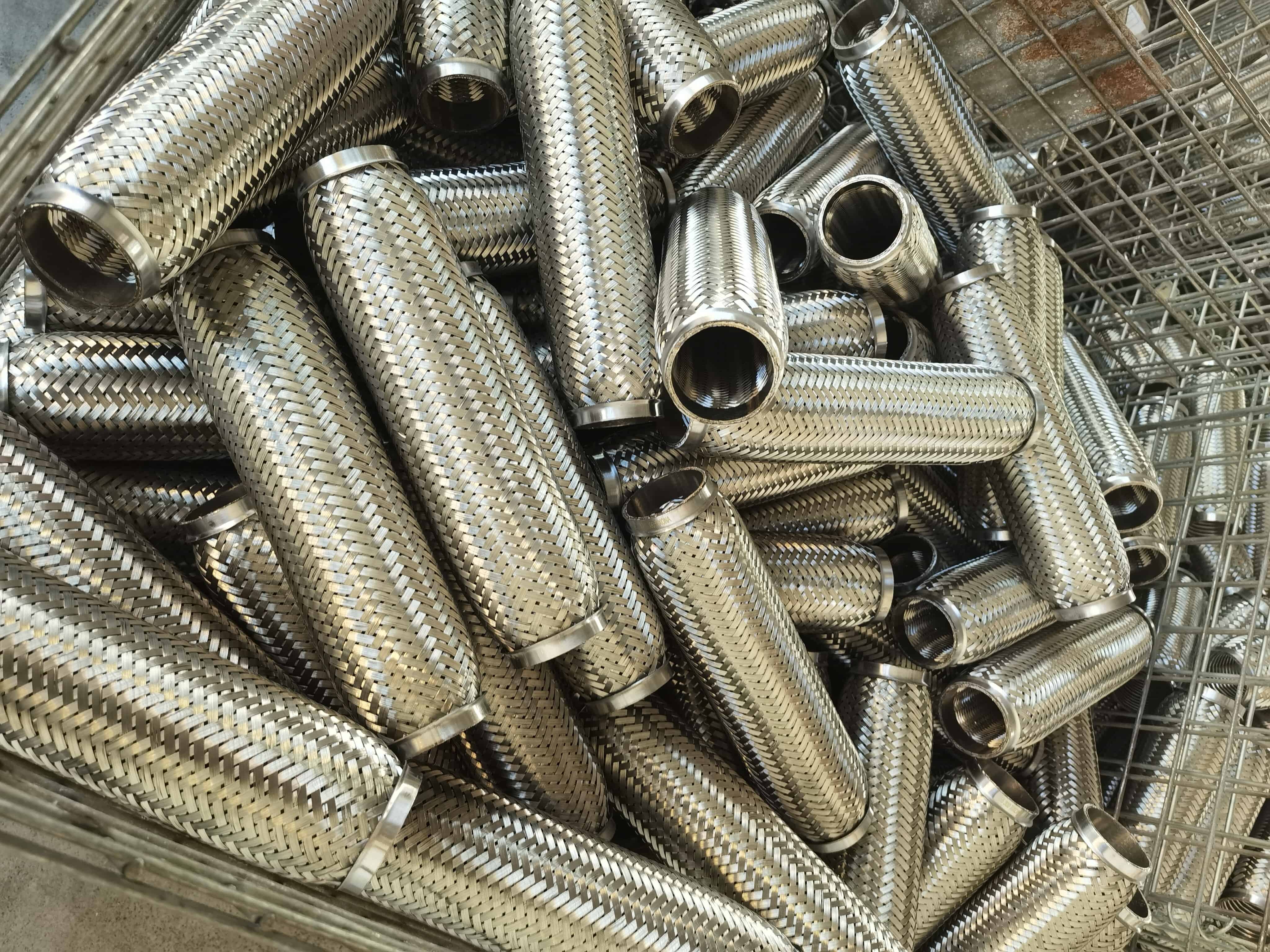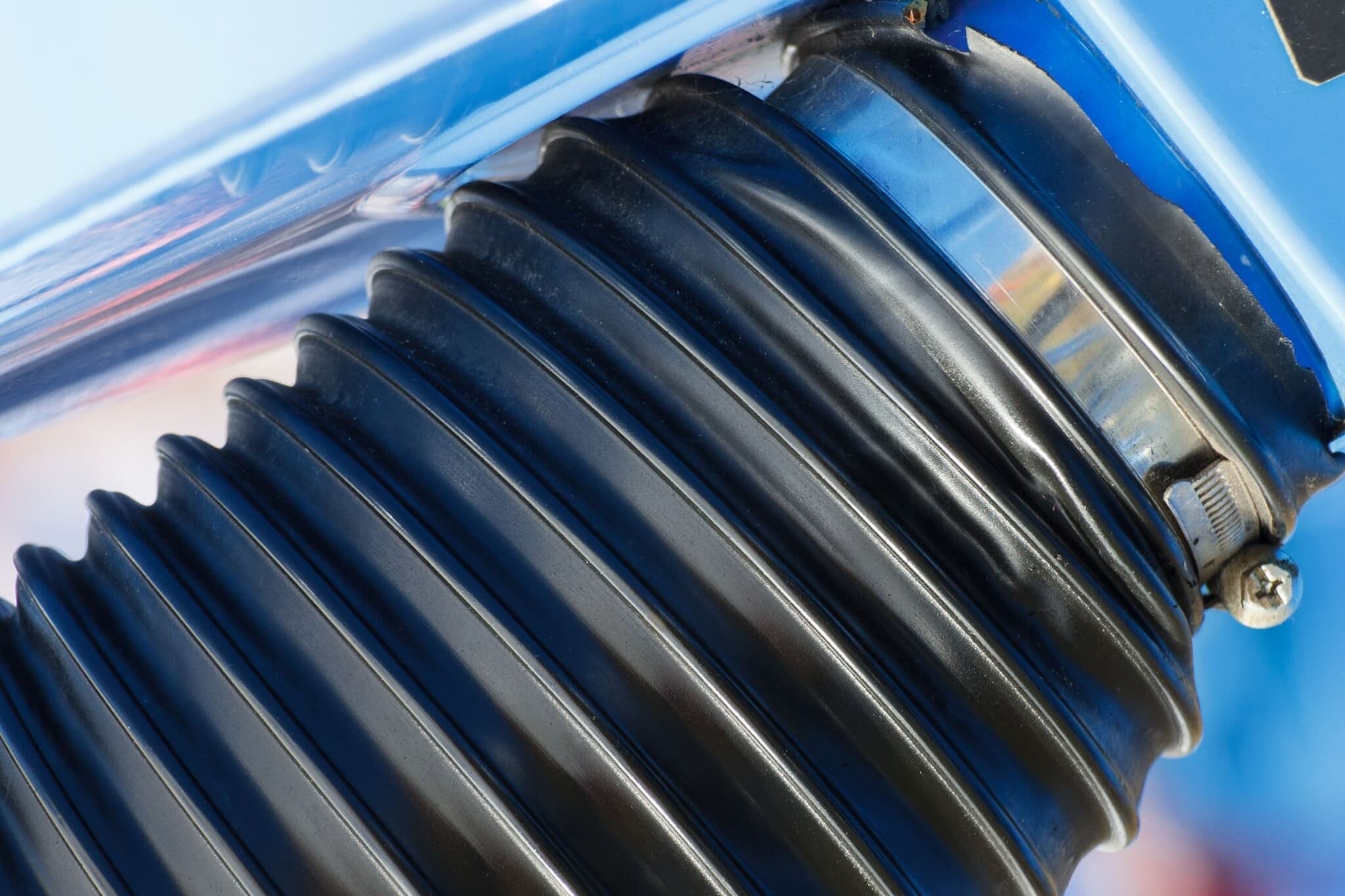
When building or replacing an exhaust system, people often focus on the muffler or tailpipe. But in reality, the most critical part lies in how each pipe is connected.The connection type determines how well the system can handle vibration, temperature, and long-term fatigue.

Over the years, we have collected frequently asked questions from our clients about flex pipes and combined these with our production experience to provide practical answers.

Exhaust bellows might look simple, but their job is vital. On a boat, they keep water out and reduce vibration. In a car, they absorb stress and protect expensive parts like catalytic converters.

An exhaust flex pipe is a flexible section of your vehicle's exhaust system designed to absorb engine vibrations and allow for thermal expansion. It helps prevent stress on other rigid components of the exhaust system and reduces the risk of cracks or leaks caused by movement.

Buyers often face a critical but practical question: “Which size and type of exhaust flex pipe is right for my needs?” This article is prepared for international distributors, auto repair shops, and procurement managers who require both clarity and technical depth.

Mass-produced vehicles face multiple engineering constraints when it comes to exhaust system design, including emissions compliance, noise regulations, cost efficiency, packaging space, assembly processes, and long-term durability. To ensure regulatory compliance and maintain reliability, manufacturers often use thicker wall materials, more complex silencing structures, and carefully positioned catalytic converters with proper O₂ sensor placement.

For many car enthusiasts and automotive workshops, the first step in customizing a vehicle is upgrading its exhaust sound. The question often arises: Does changing the exhaust tip change the sound, or should you replace the muffler? This is not just a casual debate — it’s a practical decision affecting budget, legality, and customer satisfaction.

When you source exhaust components for commercial vehicles or industrial machinery, every part must meet standards of endurance, heat resistance, and reliability. The exhaust flex pipe, while often small in size, plays a vital role in system longevity and emissions performance. In this article

Upgrading an exhaust system is a common step for automotive enthusiasts seeking a more engaging driving experience. However, the pursuit of a powerful exhaust note often comes with an unintended consequence: exhaust drone. This persistent, low-frequency hum can turn a thrilling drive into an uncomfortable one. To truly address this issue, it's essential to move beyond subjective terms like "loud" or "deep" and understand the specific physics at play.

It's a question every car enthusiast has asked at some point: Does tailpipe shape affect sound? You've seen countless designs—straight, angled, rolled, polished, and even dual tips. Each one looks different, but do they all sound the same? The short answer is yes, to a certain extent. The shape and design of your exhaust tips can subtly alter the sound of your car, but it's crucial to understand that they are just one piece of a much larger puzzle. The real magic happens inside the system, not just at the tail end.


